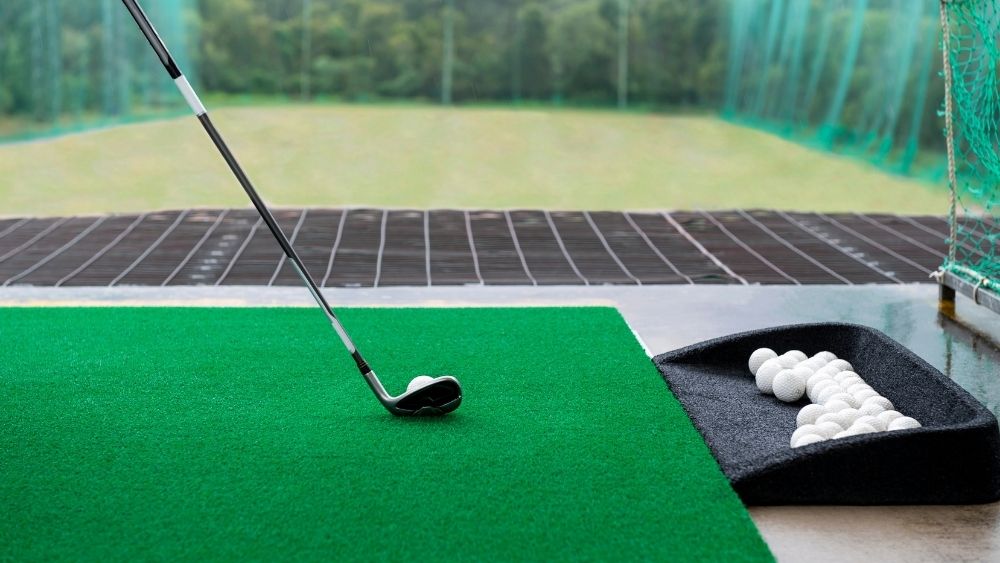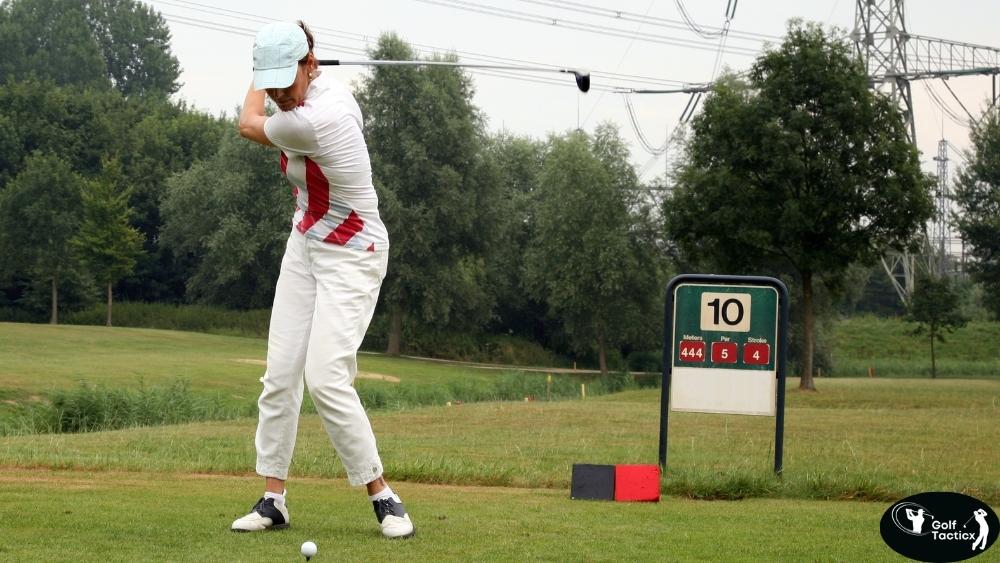In our previous post, we discussed Enhancing Golf Game in Cold Weather and High Altitudes, focusing on the unique challenges these conditions present and offering tips to maintain performance and enjoy your game.
When you’re out on the golf course, there are many factors that can affect how your ball flies. One of these factors is altitude. If you’ve ever played golf in the mountains or at a high elevation, you may have noticed that your shots seem to travel farther or differently than they do at sea level. This is because altitude plays a key role in how your golf ball behaves. In this article, we’ll explain how does altitude affect golf shots and how to adjust for altitude.
Understanding Altitude and Golf Shots
To understand how does altitude affect golf shots and how to adjust for altitude, it’s important to know what happens to the air at higher elevations. The higher you go, the thinner the air becomes. At higher altitudes, there’s less air resistance (or drag) for the golf ball to push against. This means that your shots can travel farther because the ball encounters less resistance as it flies through the air.
Additionally, the air pressure is lower at higher altitudes, which can also affect the trajectory and distance of your shots. In simple terms, the ball will fly higher and farther because there is less air pushing against it. So, if you’re playing golf in the mountains, you might be surprised by how much extra distance you get from your shots.
Why Does Altitude Affect Golf Shots?
At sea level, the air is denser, which means there’s more resistance against the ball. This causes the ball to slow down more quickly and limits its distance. However, at higher altitudes, the air is thinner, and there’s less drag on the ball. As a result, the ball doesn’t slow down as quickly and travels farther.
The reduced air density at higher altitudes also means that the ball can climb higher in the air. This can lead to a higher launch angle, which is often beneficial for distance but may affect the accuracy of the shot, especially when wind conditions come into play. The ball will also experience less spin, so it might roll out more than it would at lower altitudes.
How to Adjust for Altitude
Now that you know how does altitude affect golf shots and how to adjust for altitude, it’s time to talk about how you can adjust your game. Here are a few tips to help you play your best at high altitudes:
Clubbing Down
When you’re playing at a higher altitude, one of the simplest adjustments you can make is to use one less club than you would normally use at sea level. For example, if you usually hit a 7-iron from 150 yards at sea level, try using an 8-iron at higher altitudes. This will help you avoid overshooting the target due to the extra distance your ball will travel.
Shorter Approach Shots
Since the ball travels farther at higher altitudes, you’ll need to adjust your approach shots accordingly. This means you should take less club on shots that require more distance. If you’re playing on a course that’s higher in elevation, you may find that you consistently hit your shots farther than expected. Pay attention to the conditions and adjust your strategy to avoid overshooting greens or hazards.
Focus on Your Swing Speed
Your swing speed is also a key factor when adjusting for altitude. Since the ball is flying farther, you might find that your usual swing produces more distance than expected. To avoid over-hitting, try adjusting your swing to maintain control and consistency. You don’t need to swing harder; just focus on maintaining smooth, balanced swings.
Consider the Wind
At higher altitudes, the wind can behave differently than it does at lower elevations. The thin air may cause the wind to be more unpredictable. Be sure to take into account the wind direction and strength, as it can have a significant effect on the flight of the ball. At high altitudes, the wind may push the ball off course more easily, so you’ll need to be extra mindful of the conditions.
Monitor Your Putting
The changes in air density at high altitudes can also affect your putting. Balls may roll faster on the greens due to the lower air pressure. You might find that your putts will travel farther than usual, so it’s important to adjust your putting speed. Practice on the greens to get a feel for how much faster the ball rolls, and make adjustments to your stroke accordingly.
Conclusion
Understanding how does altitude affect golf shots and how to adjust for altitude is crucial for playing your best game when you’re on a high-elevation course. The thinner air can cause your shots to travel farther, but it also requires you to adjust your clubs, swing, and approach. By clubbing down, focusing on your swing speed, and paying attention to the wind and putting conditions, you’ll be better prepared to handle the challenges of playing at altitude.
The next time you play in the mountains or a high-altitude course, keep these tips in mind, and you’ll find that adjusting to the thinner air is easier than you think. Golf at high altitude can be a fun and rewarding challenge, and with the right adjustments, you can take advantage of the unique conditions to improve your game.
In our next post, we will explore key strategies for staying focused and confident on the golf course, helping you maintain mental clarity and perform at your best during every round.
















Leave a Reply